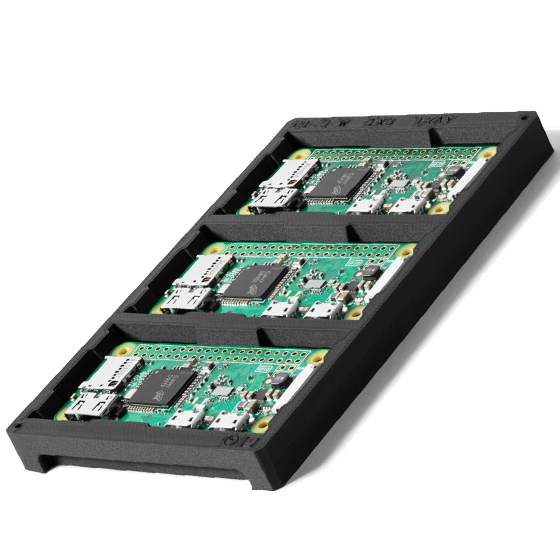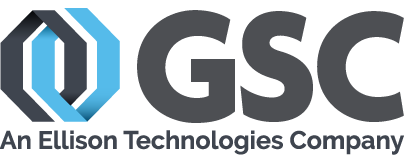Onyx ESD is the most advanced polymer Markforged has ever developed. It’s precision-engineered to possess an extremely tight range of surface resistance – meeting ESD-safe requirements of the most stringent manufacturers – while offering the same industry-leading benefits that Onyx offers. It has an impeccable surface finish, making it a go-to material.
Onyx ESD is a static-dissipative version of Onyx; Onyx is used by manufacturers for everything from prototypes, to tooling, to end-use parts. Because it meets a tight surface resistance range, it can be used for a broad set of ESD sensitive applications.
Nearly every electronic product you use daily was built in an ESD-safe environment using ESD-safe tooling. Onyx ESD enables manufacturers to print this tooling on-demand.
Which printers can print Onyx ESD?
Onyx ESD can be printed on Markforged Industrial 3D printers, reducing costs and lead time versus traditional processes while at the same time reducing inventory.
And for large enterprises, these parts can be digitally distributed across a global fleet, allowing for rapid response to changing production demands at the speed of software.
What’s the difference between Onyx and Onyx ESD?
What makes Onyx ESD special is its tight surface resistance range. On one end, there are “conductive” materials; on the other end are “insulative” materials like wood or most plastics that hardly flow electrons at all.
The goldilocks zone is the “Dissipative” range which allows for a controlled flow of electrons, so they don’t build up and jump nor facilitate sparks through a conductive path. This is the range we targeted for Onyx ESD and ultimately ended up significantly tighter than.
This tight range is only possible because of the precise material formulation of Onyx ESD and the superior print quality of our Industrial series printers. But those aren’t the only reasons Onyx ESD is special. It’s also strong – stronger than Onyx, in fact — and prints with an exceptional surface finish.

